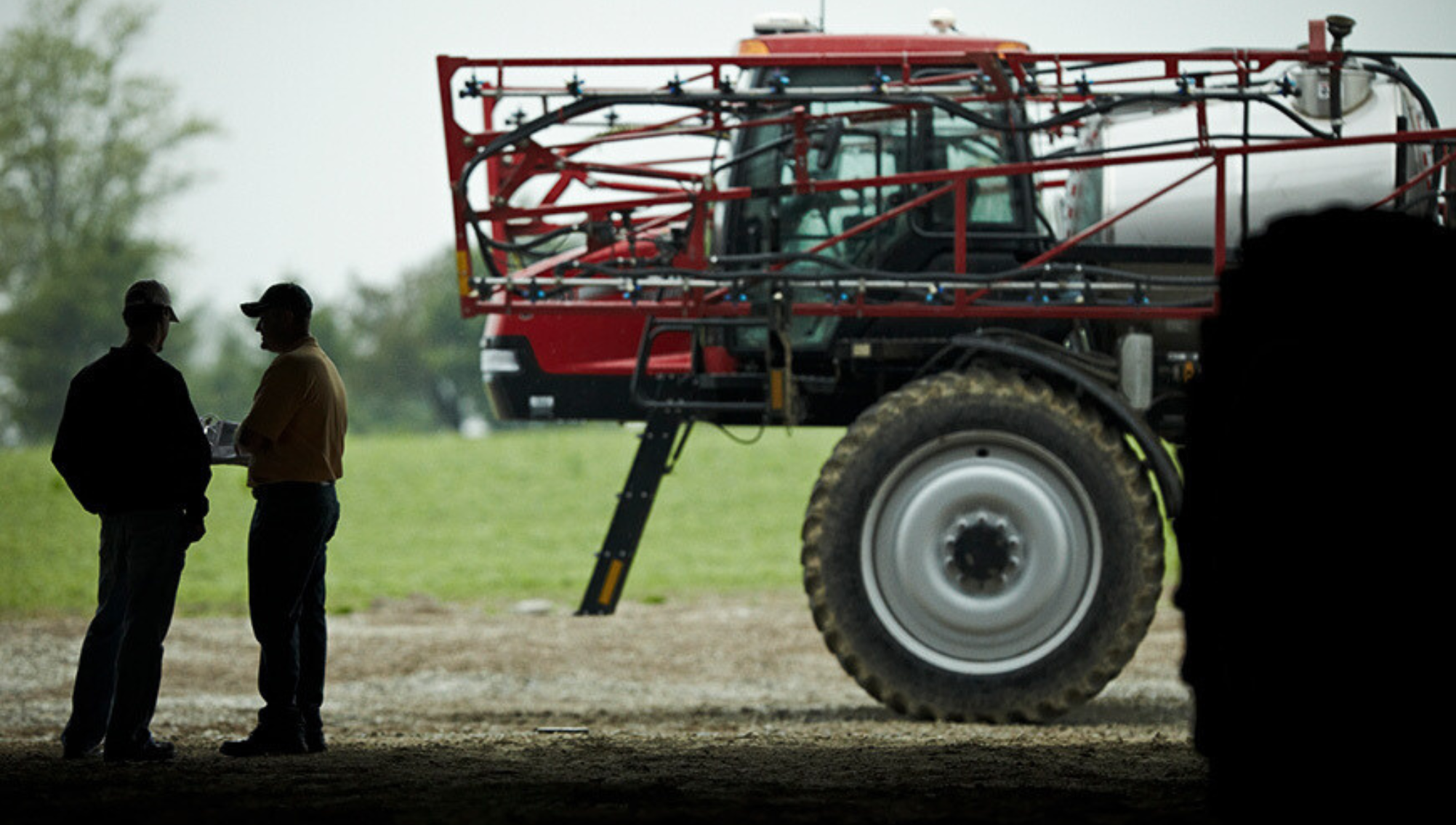For growers running minimum or no-till practices, controlling weeds in the fall can be crucial, particularly for winter annual weeds. In Eastern Canada, weeds like Fleabane and Shepherd’s Purse are common concerns, while in Western Canada, winter annuals like cleavers and downy brome and perennials like Canada thistle can dominate. Regardless of location, persistent winter annual weeds such as common chickweed and tricky perennials (looking at you, dandelions) are waiting to take over. If you give these weeds the fall, they’ll own your spring.
A successful fall burndown herbicide application isn’t just a box to check – it will help you knock back these weeds, roll into spring clean, and be ready to seed CROPLAN® on your terms.
Benefits of Fall Weed-Control Applications
There are several key advantages to using a fall burndown:
- Smaller weeds: Winter annual weeds germinate in the fall, making them easier to control when they are young and actively growing.
- Increased control: During the fall, perennial weeds are translocating most of their nutrients to the roots for overwintering. This means the herbicide moves deeper into the plant to deliver stronger control.
- Less compaction: Fall soils are generally drier than in the spring, meaning fall applications result in less compaction than your sprayer may cause in the spring.
- Earlier planting: A weed-free field warms faster in the spring, allowing for earlier planting and stronger seed emergence.
- Greater efficiency: Don’t worry about taking the planter through a weedy green field. Equipment works better in clean fields, resulting in faster planting and helping you stay on schedule.
- Less weed competition: The most damaging stage of weed competition is shortly after crop emergence. Fall weed control keeps spring weed competition to a minimum, to help crops get a good start, encourage uniform stands, and stay ahead of weeds.
- Fewer pest havens: Fewer fall weeds mean fewer fall egg-laying sites for insects like cutworms, and no alternate host for soybean cyst nematodes. This reduced insect pressure is another great way to help your crop start strong in the spring.
Ensuring Fall Burndown is Effective and Cost-Efficient
If you’re wondering, “Yeah, but how much is this going to cost me?”, the good news is fall burndown doesn't have to break the piggy bank to be seriously effective. In fact, compared to chasing weeds in the spring application, a fall burndown, even a late one, usually leaves you with cleaner fields and a smaller bill.
Adding the right adjuvant to the fall herbicide tank mix can make applications even more effective and help boost overall ROI potential by helping herbicides stick and spread on leaves, and penetrate the plant. The use of an oil adjuvant, such as StrikeLock® or Journey® HSOC, enhances herbicide effectiveness under cool temperature conditions and facilitates penetration, even through the hardened waxy leaf cuticles that weeds will develop as the fall progresses.
If glyphosate is part of your fall tank-mix, take a good look at your water quality. As a key active that gets tied up by hard water antagonism, it’s especially important to include a water conditioner when cations are abundant. Crimson® NG is an excellent option to condition the water and prevent herbicide antagonism due to hard water.
Spring Application? Possibly.
Keep your eyes on the whole season. Fall burndown, especially soil active residual products, pack a punch but aren’t a silver bullet. Depending on the crop you’re seeding and the weed spectrum on the farm, you may still need a spring application to achieve effective, extended control.
Have additional questions about your burndown options? Contact your local Independent Ag Retailer to learn more about making a successful fall burndown application.


